The Art Of Legendary Jazz Label Blue Note Records
A collection of some of the best cover artwork from the iconic record label.
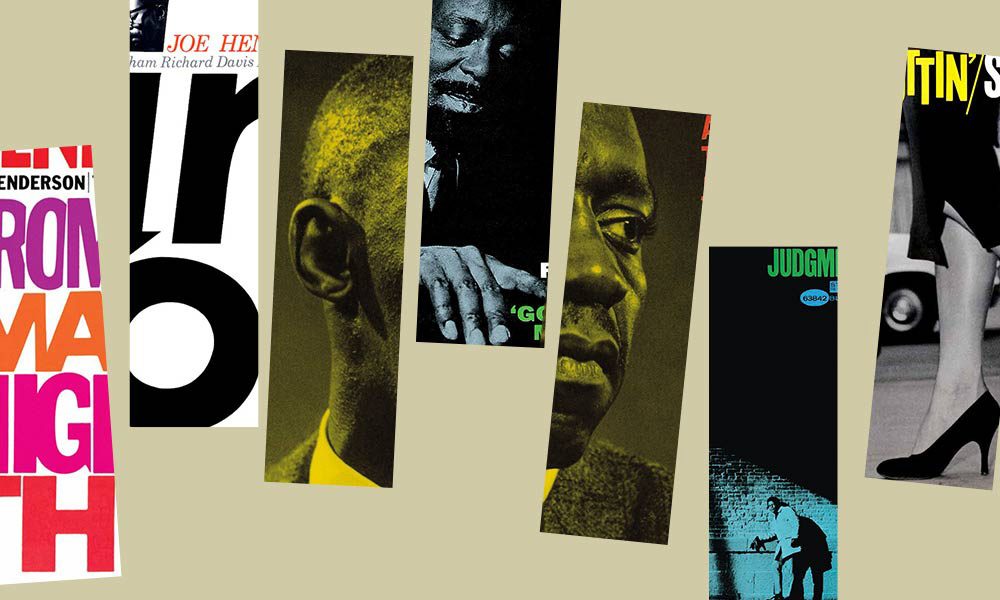
Alfred Lion, the founder of Blue Note Records, passed away on February 2, 1987, aged 78 years old. He founded Blue Note in 1939 with a view to releasing the very best in jazz records; as was explained in the words of the company’s original press release, “Blue Note Records are designed simply to serve the uncompromising expressions of hot jazz or swing, in general. Any particular style of playing which represents an authentic way of musical feeling is genuine expression. By virtue of its significance in place, time, and circumstance, it possesses its own tradition, artistic standards, and audience that keeps it alive. Hot jazz, therefore, is expression and communication, a musical and social manifestation, and Blue Note records are concerned with identifying its impulse, not its sensational and commercial adornments.”
There is not a jazz fan in the world who does not agree that Alfred Lion and Blue Note succeeded in delivering on that promise. Having escaped the Nazi regime in Germany in the early 1930s Lion found his way to New York and in 1939 he helped his friend from his teenage years escape Germany in the weeks after the outbreak of World war II. That friend was the gifted photographer Francis Wolff, he like Lion was Jewish and the two men set about making Blue Note a marque of quality. Wolff passed away on March 8, 1971, in New York City. His gift to the world is that he singlehandedly redefined what we have come to think of as “jazz photography.” His black and white shots usually lit with a single light source graced the covers of countless Blue Note records and they have helped define what we think of as the art of Blue Note.
Six years, to the day, after Alfred Lion’s passing, another man who did much to cement Blue Note’s reputation for quality also died, but this was no jazz lover, like Lion and Wolff. Reid Miles was a classical music fan but his genius for design has done so much to establish the Blue Note legacy.
Reid Miles, was twenty-eight years old when he began working on the designs for Blue Note’s long-playing records. He was working for Esquire magazine when he did his debut for Blue Note, as co-designer with John Hermansader, was a cover for a ten-inch album by the Hank Mobley Quartet in late 1955, but the first album to carry the sole name Reid K. Miles was far from modern – a Sidney Bechet release a few months later.
It is ironic, given that Blue Note album sleeves have become the benchmark against which all modern jazz covers – and those of just about any other album – are measured, that Miles was not a jazz fan. Yet perhaps it was his distance from the music that was also his strength, allowing him to approach the design unencumbered by all but the basic details – the album title, the feel of the music, and something about the session. And of course, he had Francis Wolff’s brilliant photographs to work with.
Reid was also interested in photography and began taking his own shots when he didn’t have the right kind of image from Wolff, who was sometimes frustrated by the way Miles drastically cropped his photographs. Someone In Love by Art Blakey And The Jazz Messengers, Eric Dolphy‘s Out To Lunch! and Herbie Hancock’s Takin’ Off are just a few of the covers with photographs by Miles.
Miles wasn’t paid a lot, at around $50 per cover, and often designed several albums on a Saturday, when not at his full-time job. While he did almost every Blue Note cover for the next decade, when swamped with work he farmed out jobs to friends, including a young Andy Warhol, then a struggling artist desperate for commissions. Warhol produced three Kenny Burrell album sleeves along with one for Johnny Griffin. In later years, Miles did more and more photography, and his photos were used on albums by Bob Dylan, Chicago, The Jacksons, Neil Diamond, and Cheap Trick.
“I liked the modern look. You can even see it on the very early Blue Notes; always modern. Reid made most of the Blue Note covers.” – Alfred Lion
Listen to the best of Blue note on Apple Music and Spotify, and scroll down for some of the most iconic Blue Note album covers of all time.
Hank Mobley Quartet (1955)
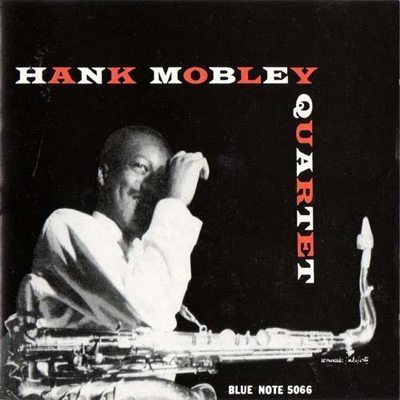
Sidney Bechet: Jazz Classics (1955)
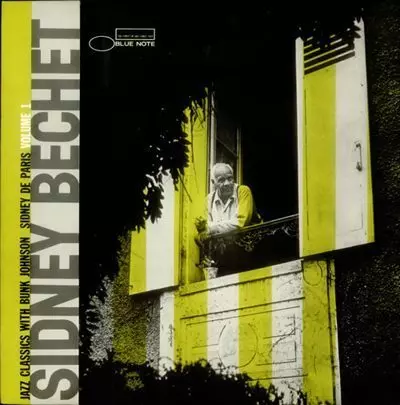
John Coltrane: Blue Train (1957)
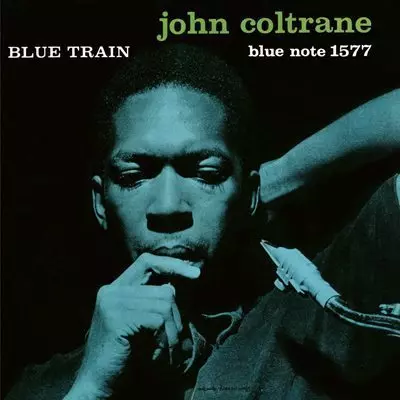
Jimmy Smith: Groovin’ At Small’s Paradise (1957)
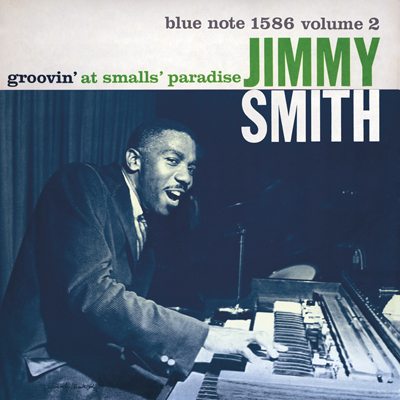
Art Blakey And The Jazz Messengers: Moanin’ (1958)
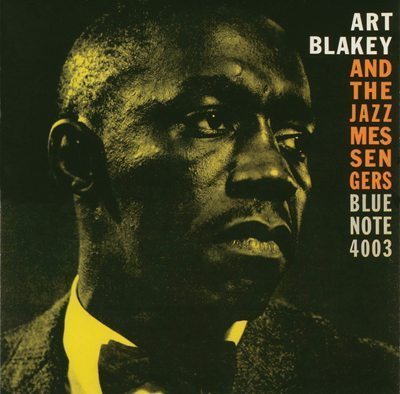
Lou Donaldson: LD+3 (1959)

Sonny Red: Out Of The Blue (1960)
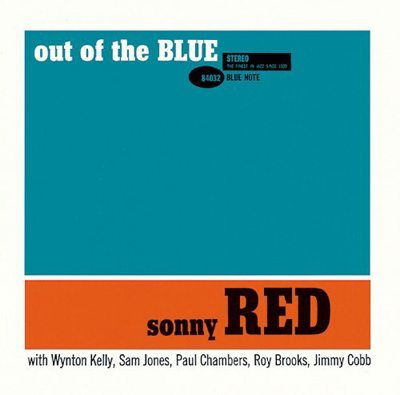
Art Taylor: Shades Of Red (1960)

Jackie McLean: Let Freedom Ring (1962)
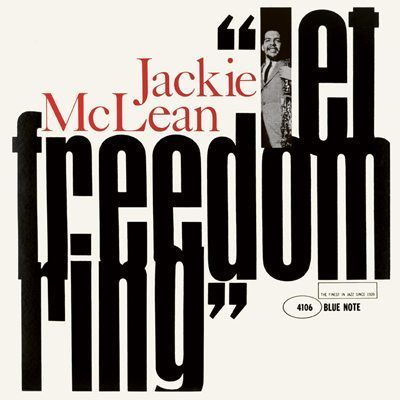
Dexter Gordon: Go (1962)
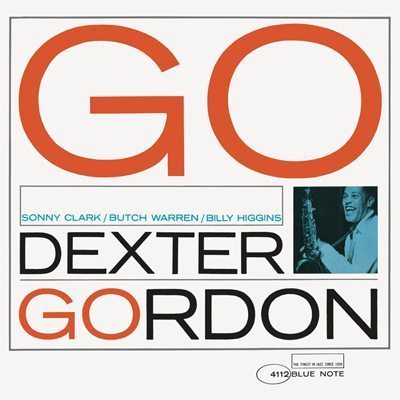
Freddie Hubbard: Hub-Tones (1962)
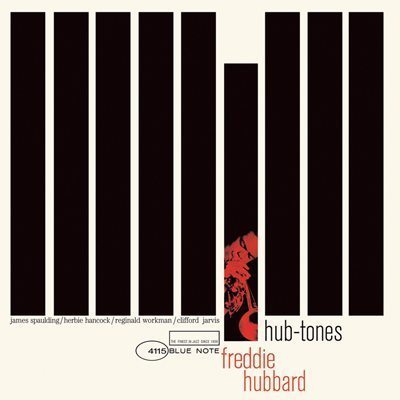
Kenny Burrell: Midnight Blue (1963)
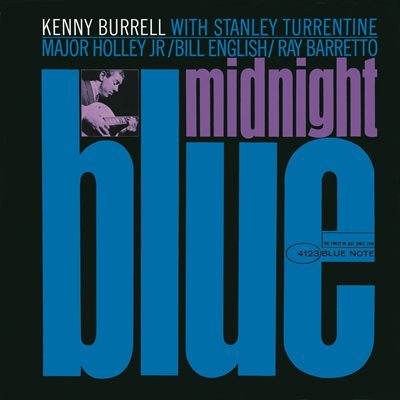
Donald Byrd: A New Perspective (1963)
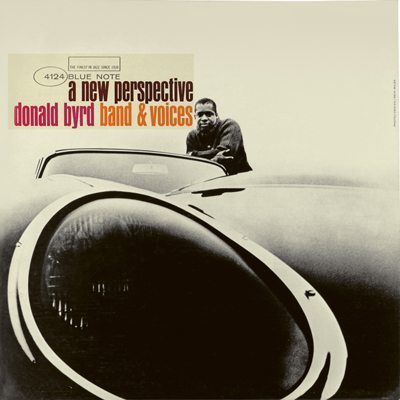
Horace Parlan: Happy Frame Of Mind (1963)
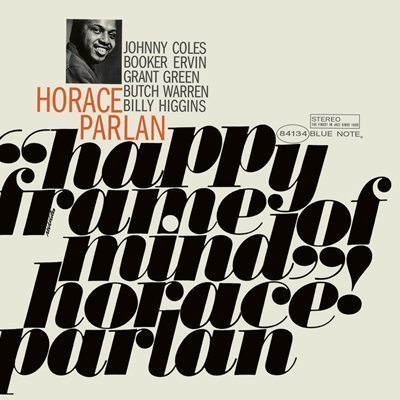
Joe Henderson: Page One (1963)
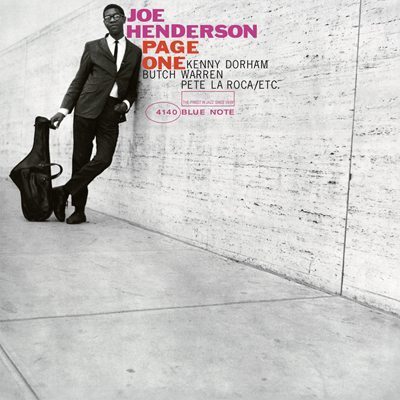
Dexter Gordon: Our Man In Paris (1963)
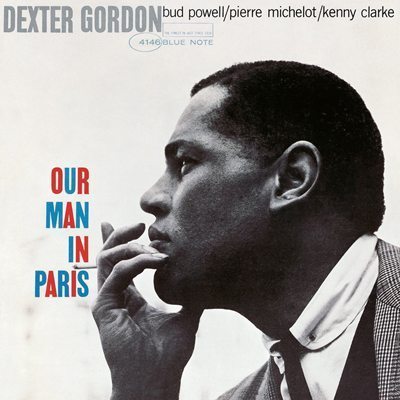
Herbie Hancock: Inventions & Dimensions (1963)
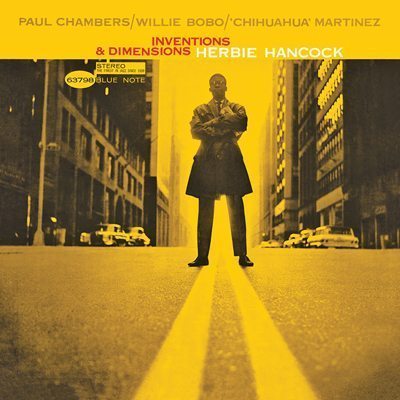
Eric Dolphy: Out To Lunch! (1964)
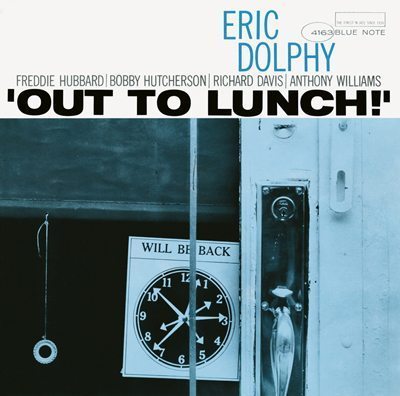
Joe Henderson: In ’N Out (1964)
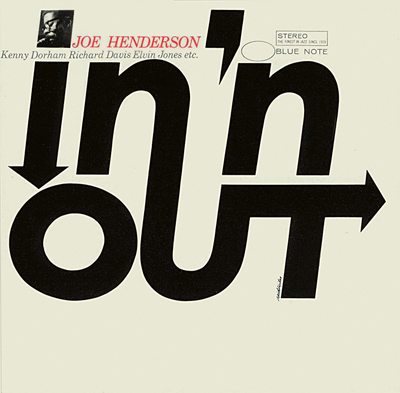
Andrew Hill: Point Of Departure (1964)
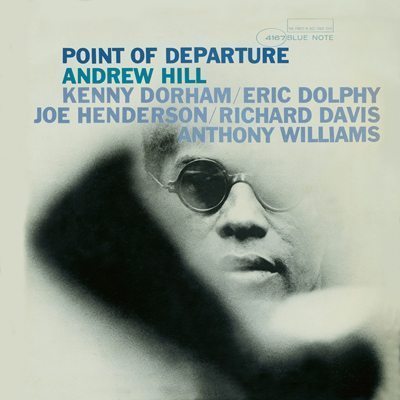
Lee Morgan: In Search Of A New Land (1964)
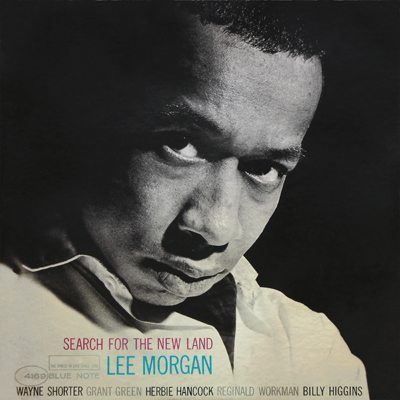
Cecil Taylor: Unit Structures (1966)

Miles Davis: Vol.2
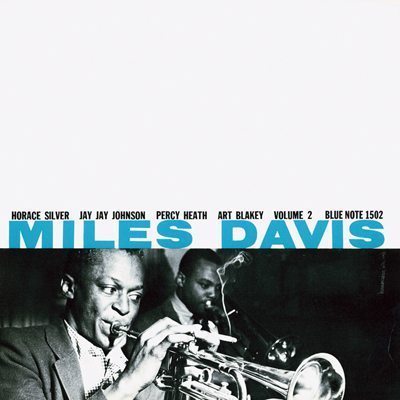
Art Blakey Quintet: A Night At Birdland
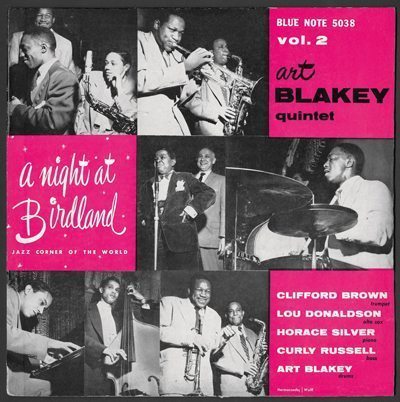
Looking for more? Check out our list of the best Blue Note album covers of all-time.







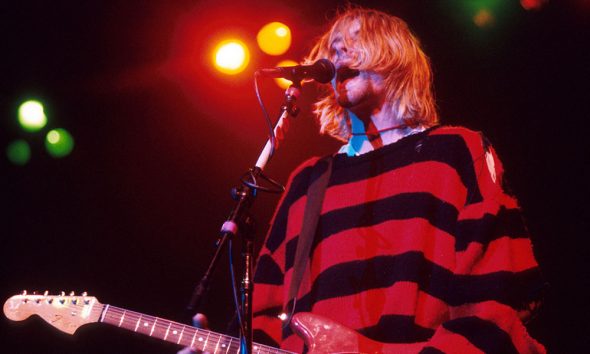
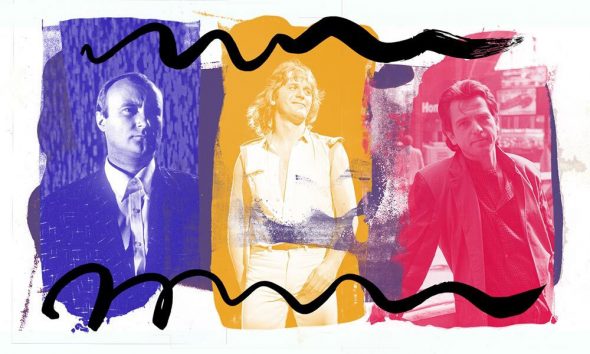




william l Milligan III
February 2, 2015 at 10:53 pm
this is awesome album covers.
Bill Teitsworth
February 2, 2015 at 11:29 pm
So impressive! I actually had several of these…”Blue Train,” “Go,” “New Perspectives,” a couple more. So glad that they preserved the album cover art when reissued as CD.
joycemitchell
March 8, 2015 at 11:52 pm
I would like to know how to get some of these works
EdChan
March 9, 2015 at 5:26 am
There are a couple of books “The Cover Art of Bluenote Records The Collection” The first volume cover was in pale blue and the 2nd was in Red. Album size too. check on the amazon website or visit your local music store
michael elton
March 30, 2015 at 3:45 pm
These works are available. All are silver gelatin prints and we can produce them for you.they are mostly limited edition prints.
Do you know which prints would interest you ?
What is your budget and I can tell you if this is for you
Lastly,there is a book called The Blue Note Years:The Jazz Photography Of Francis Wolff.It’s a beautiful book and worth getting but also will act as a good reference to choose images you might want to buy and you will see the quality of the images from that.
Kathleen Bergeron
March 10, 2015 at 12:16 am
The Joe Henderson “In and Out” album art reminded me of the artwork for the Tom Hanks/Leo Dicaprio movie, “Catch Me If You Can.” Wonder if there was any conscious connection.
Steve
February 2, 2016 at 12:58 pm
Beautiful article. Blue Note album covers were consistently the best. I did note another typo, that being Dexter Gordon’s “Our Pan in Paris (1963).” Great article though.
Michael Burke
February 2, 2016 at 2:02 pm
Reid Miles and Francis Wolfe together made Blue Note the iconic jazz label that it is. From a graphic designer’s point of view, it was worth buying the LPs just for the wonderful cover art, alone. The music often seemed to be a bonus!
Tom Hardy
February 3, 2016 at 12:26 am
Reid’s Blue Note covers are iconic!
Fred
March 8, 2016 at 9:57 pm
Beautiful – I have some of these but you should have shown the cover of Jimmy Smith’s ‘Crazy Baby’ – I wonder if its the same Jag as on the Donald Byrd album?
Thanks
Joe
June 15, 2016 at 1:01 pm
Wow! This is amazing!
It’s cool to learn the stories of the artists behind some of the best album covers ever designed.
I love Blue Note Records! I believe it’s the best record label ever in any genre — Jazz or any music.
Pingback: Can You Judge An Album By Its Cover? How Artwork Reflects The Music